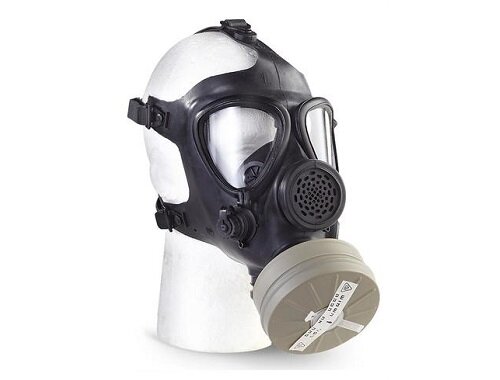Gas masks are the devices that help the wearer and protect them from breathing in gasses, fumes, or other toxic fumes, have been used by different people and for different reasons over the years.
The first use of poison gas in warfare began on April 22, 1915 in Ypres, France, when German soldiers used chlorine gas to attack French troops, but gas masks existed long before that fateful date.
Miners, firefighters, and underwater divers need helmets to protect their faces from the harmful elements, provide air to breathe, and filter out potentially lethal substances such as smoke and debris. By browsing different online websites you can buy the best-rated gas masks for your safety purposes.

It took a number of inventors to develop a useful product to meet this need, which led to the development of gas masks, which began to be mass-produced soon after Germany's terrible attack on France.
Prior to 1915, gas masks were made in limited numbers for firefighters, miners, and deep-sea divers. Obviously, a deep-sea diver's helmet has the added task of keeping water away from the mask, but it performs essentially the same function as any other device.
The masks designed for firefighters are the best of the early prototypes of modern gas masks because they do not provide clean air, but instead pass the available air through a series of filters designed to remove particulate matter from the air and make it safe to inhale.
This invention was the most common version produced and then mass produced for the Army in early 1915 with only minor modifications to the filtration system to accommodate the removal of chlorine gas and then mustard gas from the air.
